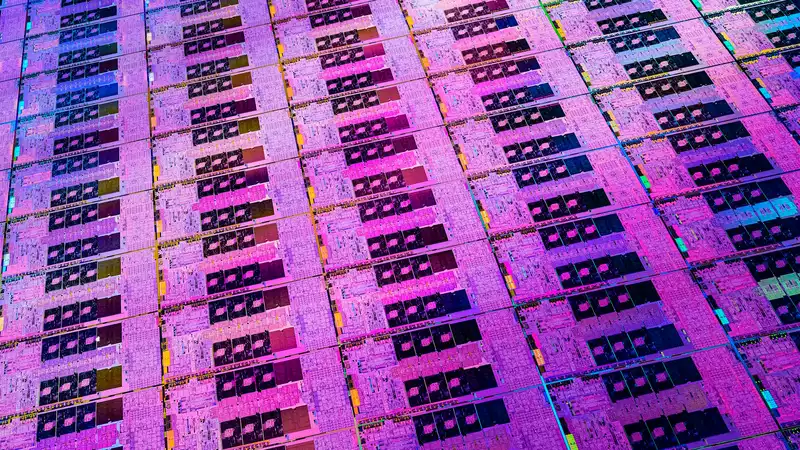Intel has announced a shift to an "internal foundry model," which will provide more separation between the products it designs and the fabs that manufacture them. There are several reasons for this. One is that it creates a clear and safe distinction between Intel, which designs new chips, and Intel, which has non-Intel people come in and manufacture them in its own fabs, which also design new chips.
Another reason is that designers of CPUs and GPUs for various server and consumer applications are forced to interact with Intel's manufacturing facilities, just as other fabless chipmakers do with outside foundries. As a result, if they are charged market prices rather than mate's rates to use these facilities, designers will have less waste to test and sample in the pre-manufacturing process.
As a result, Intel could save up to $5 billion and actually speed up the process of making new processors.
It may also make Intel designers less ambitious in terms of how aggressive they are about densifying new process nodes, which could be a good thing.
Intel was previously slow to bring out a new generation of chips because it tied processors to process nodes and was overly ambitious with its new nodes. Instead, being more realistic in the design process may increase the likelihood of achieving the promised goals.
Intel's goal of five nodes in four years may already be making good progress, and decoupling the chip generation from the process certainly helps.
In other words, from Intel's own chip perspective, this seems like a smart reorganization of the business. It gives the various divisions a little more responsibility in terms of how they utilize the fabs and more speed in terms of how the chips are shipped.
But it should also increase customer confidence in Intel's contract foundry business, Intel Foundry Services. When Intel manufactures chips that are inherently competitive with the chips it manufactures in-house, customers have had concerns that they might have problems entrusting their designs to manufacturing. This clearer separation of the foundry group itself would completely separate the customer's IP from the company as a whole.
In many ways, this is similar to how Samsung operates its own different business groups and outsourced foundry operations.
When Intel announced the prospect of a planned separation in January, the inevitable question that immediately arose was whether this was simply a prelude to Intel splitting up to completely separate the business. Will Intel spin off its discrete foundry business and transform itself into a fabless company?
Certainly, there are no current plans to do so. Intel's CFO, David Zissner, answered this question in a Q&A session following the announcement. We believe there are significant advantages to integrating both our product and manufacturing businesses. We think it will enable better process technology over time."
"We believe that the ability to use internal customers, what we call customer zero, to launch new node volumes is a benefit to our external foundry customers.
Essentially, companies coming to use Intel's fabs on a contract basis can be confident that Intel is already testing its advanced nodes in-house.
"So we don't see it as a need to split up the business. In fact, we think quite the opposite. This way we can integrate the business in a more substantial way."
Intel has recently announced major investments around the world, with new facilities coming on line in Germany, Israel, and Poland. And this reorganization is also likely to be a wise one. Hopefully the mobile version of Meteor Lake and the desktop version of Arrow Lake will arrive at the right time and in the right form.
.

Comments